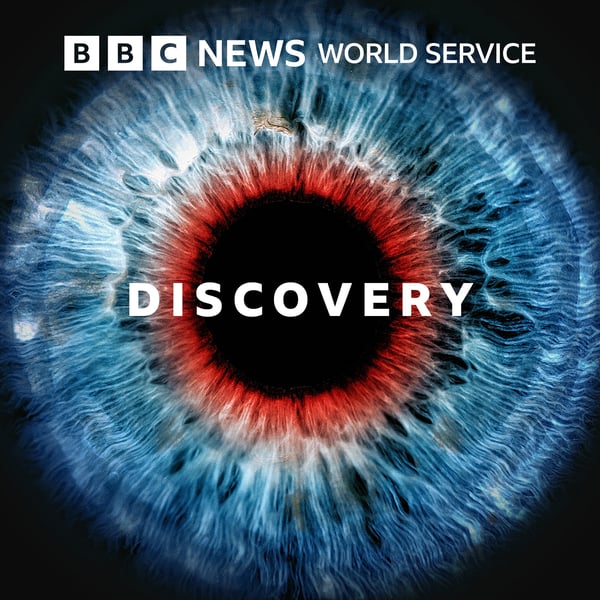Scotland’s Dolphins
Discovery
BBC
4.3 • 1.2K Ratings
🗓️ 18 January 2016
⏱️ 27 minutes
🧾️ Download transcript
Summary
The chilly waters of north-east Scotland are home to the world’s most northerly group of bottlenose dolphins. They are protected by EU conservation laws and despite being a small population, appear to be thriving.
Euan McIlwraith heads out into the Moray Firth on a research boat to discover how photo-ID techniques are used to record the dolphins’ movements around the coast, and visits the University of St Andrews to find out more about their communications underwater.
As he discovers, every bottlenose dolphin creates a unique signature whistle for itself early in life. These are like a call-signs, used to communicate to the rest of the group, and recent research has shown they can mimic the calls of other dolphins, and that they respond when they hear their own whistle played back to them.
(Photo: Bottlenose dolphins. Credit: Charlie Phillips/WDC)
Transcript
Click on a timestamp to play from that location
| 0:00.0 | Thank you for downloading from the BBC. |
| 0:03.0 | The details of our complete range of podcasts and our terms of use, |
| 0:07.0 | go to BBCworldservice.com slash podcasts. |
| 0:10.0 | Hello, I'm you and MacCoury. broadcasts. are based in the north of Scotland and in this program I'm going to be finding out |
| 0:25.0 | about the bottlenose dolphins that live in the waters around here. They are |
| 0:29.6 | unique being physically the biggest of the type anywhere on earth, but as you'll hear |
| 0:34.9 | dolphin research is a global effort. Studying them anywhere in the wild has its |
| 0:40.5 | challenges but the advance of technology is helping enormously. |
| 0:48.8 | Sometimes they're just traveling through, but if they're feeding they can stay here for hours, jumping and playing, |
| 0:55.2 | splashing, tail lobbing, lots of different behaviors that you can see. |
| 1:00.0 | I grew up in this area, but I don't remember people really talking about the Dolphins when I was a child. |
| 1:07.0 | There's much more interest now. They're very popular with locals and tourists. They're protected by EU legislation and if all |
| 1:14.4 | they knew it their behavior has been closely studied by scientists. |
| 1:18.2 | Oh and I've just seen a dolphin. I've identified it by the sprays from the blowhole so I'll need to |
| 1:25.8 | record the distance what species I think it is how I've identified it and what time |
| 1:30.7 | I've seen it. Dolphins are regular visitors to the muddy |
| 1:35.5 | firth, especially during the summer months, because their favorite food is |
| 1:39.7 | heading for the mouth of the nearby river Spay. Big, beautiful salmon and sea trout. Easy pickings. |
| 1:47.4 | The dolphins come into the bay when the salmon and the trout are kind of pooling in the bay. |
| 1:51.9 | They know it's a really good spot for their food so they come |
| 1:54.5 | and sometimes we see them catching the fish, throwing them up in the air, catching |
| 1:58.8 | them down again in their mouth, so it's just a brilliant site for visitors. |
... |
Please login to see the full transcript.
Disclaimer: The podcast and artwork embedded on this page are from BBC, and are the property of its owner and not affiliated with or endorsed by Tapesearch.
Generated transcripts are the property of BBC and are distributed freely under the Fair Use doctrine. Transcripts generated by Tapesearch are not guaranteed to be accurate.
Copyright © Tapesearch 2025.

